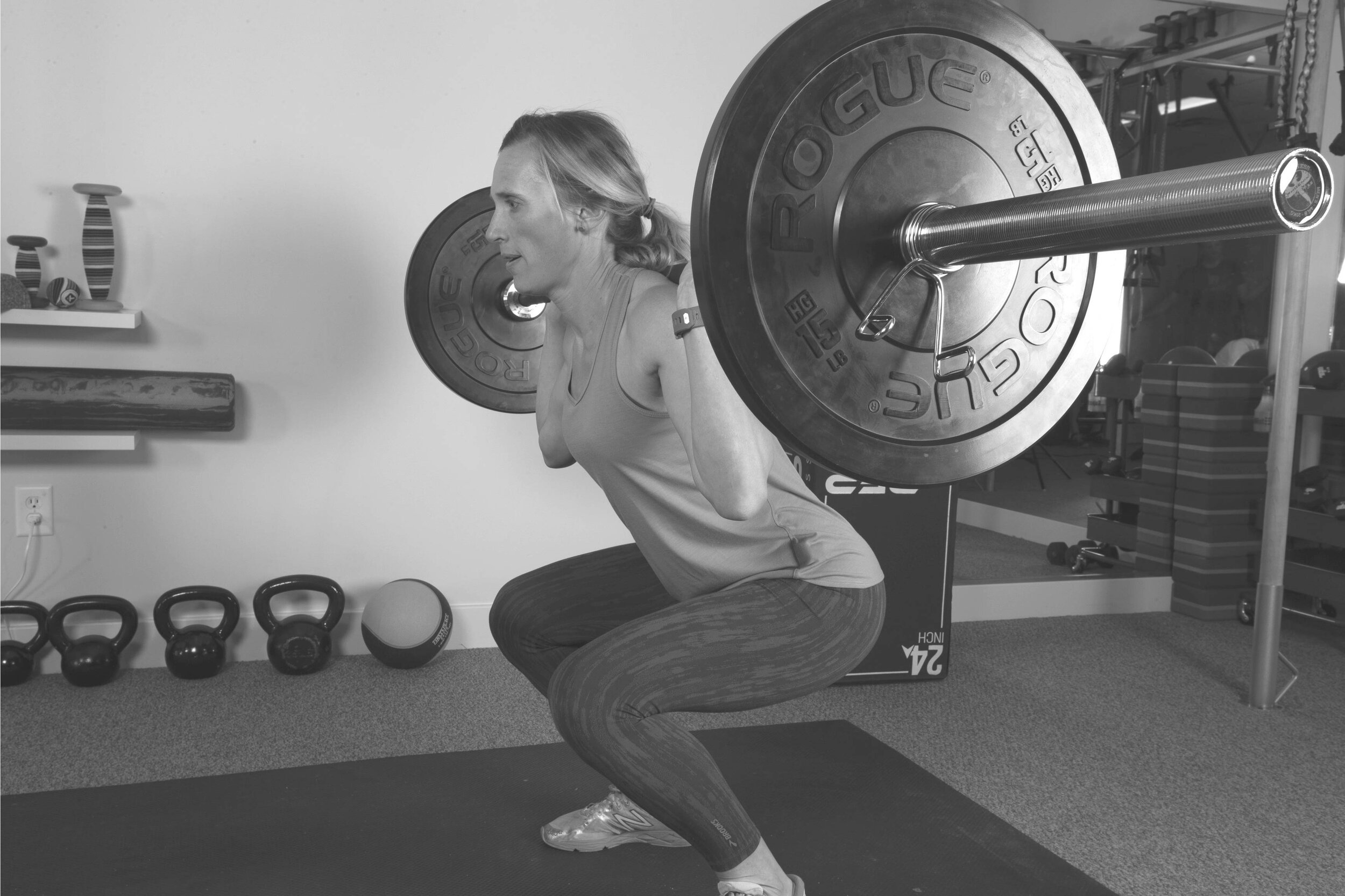“Kegel’s” have become a household word in our country. You’ll hear the term talked about between friends and recommended by many medical providers. While it is a win that a pelvic health topic has become so popular, it is now time for the Kegel to get out of the limelight. There is a lot to be said about the term itself, Kegel, created by a man over 70 years ago as a nondescript term for a pelvic floor contraction. But right now we will discuss the main reasons why they simply aren’t the cure-all for pelvic floor dysfunctions.
1. Pelvic floor strengthening is not for everyone.
Many believe that their urinary leakage, prolapse, pain with intercourse, and any other pelvic floor issue, requires one thing: Kegel’s. However, many pelvic floor dysfunctions may be caused by a hypertonic or too tight and guarded pelvic floor or specific muscles in the region that are restricted. This leads to the musculature not functioning as it properly should. Even something like leaking when you sneeze may not be due to weakness, but the opposite, a tight and fatigued pelvic floor. This is why Kegel’s are definitely not the answer for some.
2. Most may not be doing Kegel’s properly.
It has been shown that more than 30% of people perform Kegel’s incorrectly. Common performance errors include bulging the pelvic floor rather than contracting, compensating with other muscles rather than using pelvic floor muscles, or not performing a lift motion with contractions. Clinically we also see other errors such as not fully relaxing after each contraction, not performing endurance holds or quick muscle contractions, and not coordinating with proper breathing patterns.
3. The pelvic floor does not work in isolation.
Imagine you wanted to improve your ability to go up and down stairs. Would simply doing an exercise to squeeze your quad muscle be enough to return to that function? No. The pelvic floor should not be treated any differently than other muscle groups. The pelvic floor works as a piece in an intricate system including the adductors, gluts, diaphragm, transverse abdominis, hip rotators, and even the feet, to coordinate loads from functional activities. This whole system must be evaluated and treated, not one component. To return to something like running without leaking or lifting without prolapse, simply Kegel’s lying on a table will never get you there. There are so many more exercises (here’s 5) that have shown to be more effective than Kegel’s at strengthening the pelvic floor. Check out a few here!
If you experience any pelvic floor dysfunction, it is important to see a pelvic floor physical therapist to evaluate the needs of your pelvic floor and how it is functioning within that intricate system. Being given only Kegel’s and never getting off the table should be a sign to seek out a different pelvic physical therapist.
Stop doing Kegel’s and schedule an appointment with a pelvic health expert physical therapist at MEND in Boulder, CO today.

